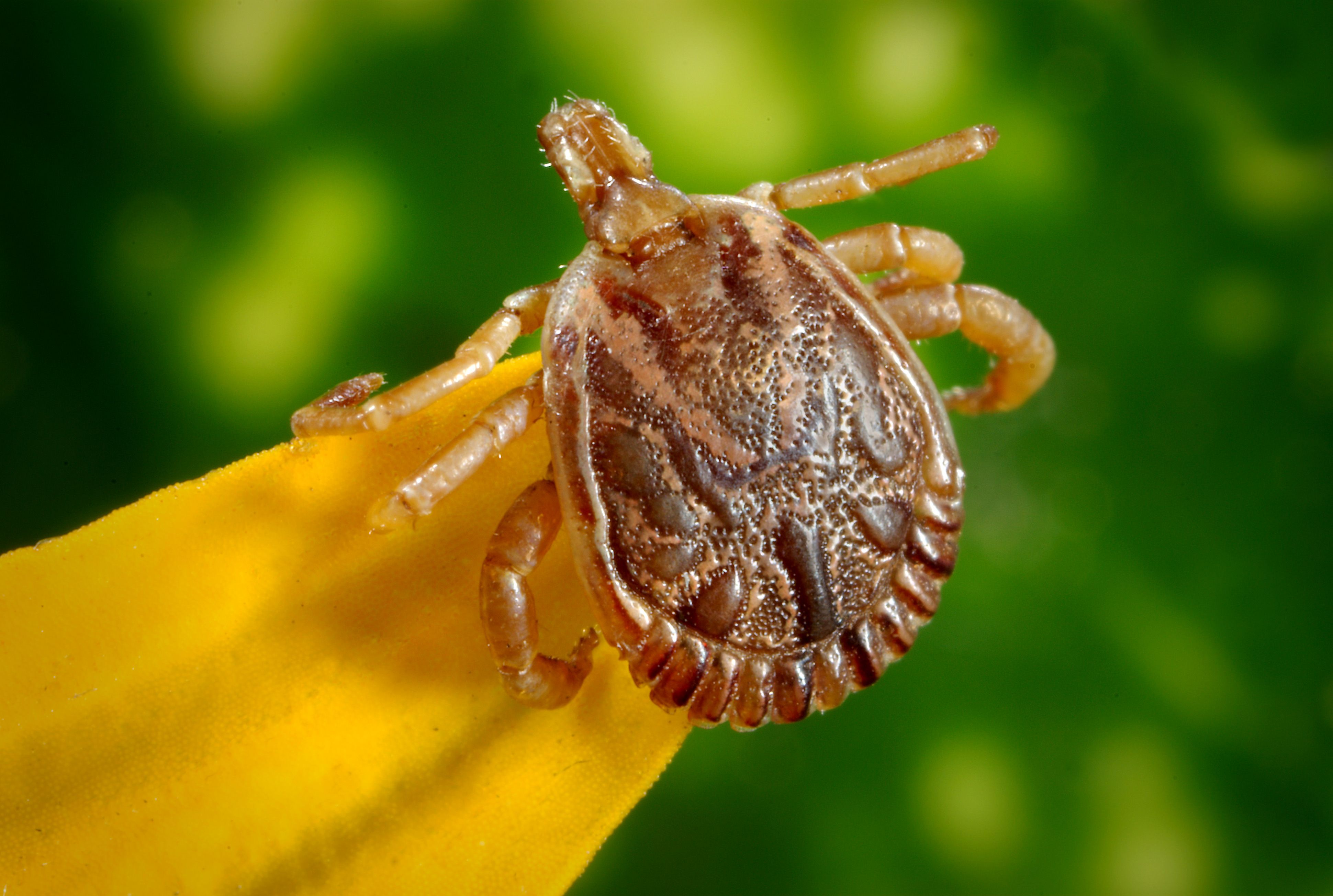Tickborne diseases hit all-time high in US, CDC says
A record number of tickborne disease cases were reported in the United States last year, following an upward trend that has not been fully explained, the CDC said.
Overall, nearly 60,000 tickborne infections were reported by state and local health departments in 2017, a 22% increase from 2016. Most — 72% — were confirmed or probable cases of Lyme disease.
Tickborne diseases are commonly underreported, and the actual number of infections is much higher, the CDC pointed out.
The reason for the increase is unclear, although the CDC noted that environmental factors like temperature, rainfall and humidity can have an impact on tick numbers, as can changes in the population of host animals such as mice. Ticks may move farther north as temperatures warm, into areas where they had never previously been recorded, and human encroachment into areas where there are more deer is also seen as a likely factor in the increase.

The CDC said the tally is also affected by physician awareness, testing and reporting practices.
“Early and accurate diagnosis of tickborne diseases in the U.S. is critical to prevent severe or even life-threatening diseases,” Ben Beard, PhD, chief of CDC’s Bacterial Diseases Branch, told Infectious Disease News. “Clinicians are on the frontlines. CDC encourages clinicians to consider tickborne diseases in patients living in areas where tickborne diseases are endemic or emerging with possible exposure to ticks. Tickborne diseases are most common from April to September when ticks are most active.”
The CDC announced in May that there was a threefold increase in the annual number of vectorborne diseases reported in the U.S. since 2004. Tickborne diseases doubled in that time and accounted for 77% of all vectorborne infections in 2016 — far outnumbering those caused by mosquitoes or fleas.
After Lyme disease, the most common reportable tickborne diseases in 2017 were anaplasmosis/ehrlichiosis, spotted fever rickettsiosis (including Rocky Mountain spotted fever), babesiosis, tularemia and Powassan virus disease, in that order.
Seven new tickborne pathogens have been discovered since 2004. – by Gerard Gallagher
References:
CDC. Tickborne disease surveillance data summary. https://www.cdc.gov/ticks/data-summary/index.html. Accessed November 14, 2018.
